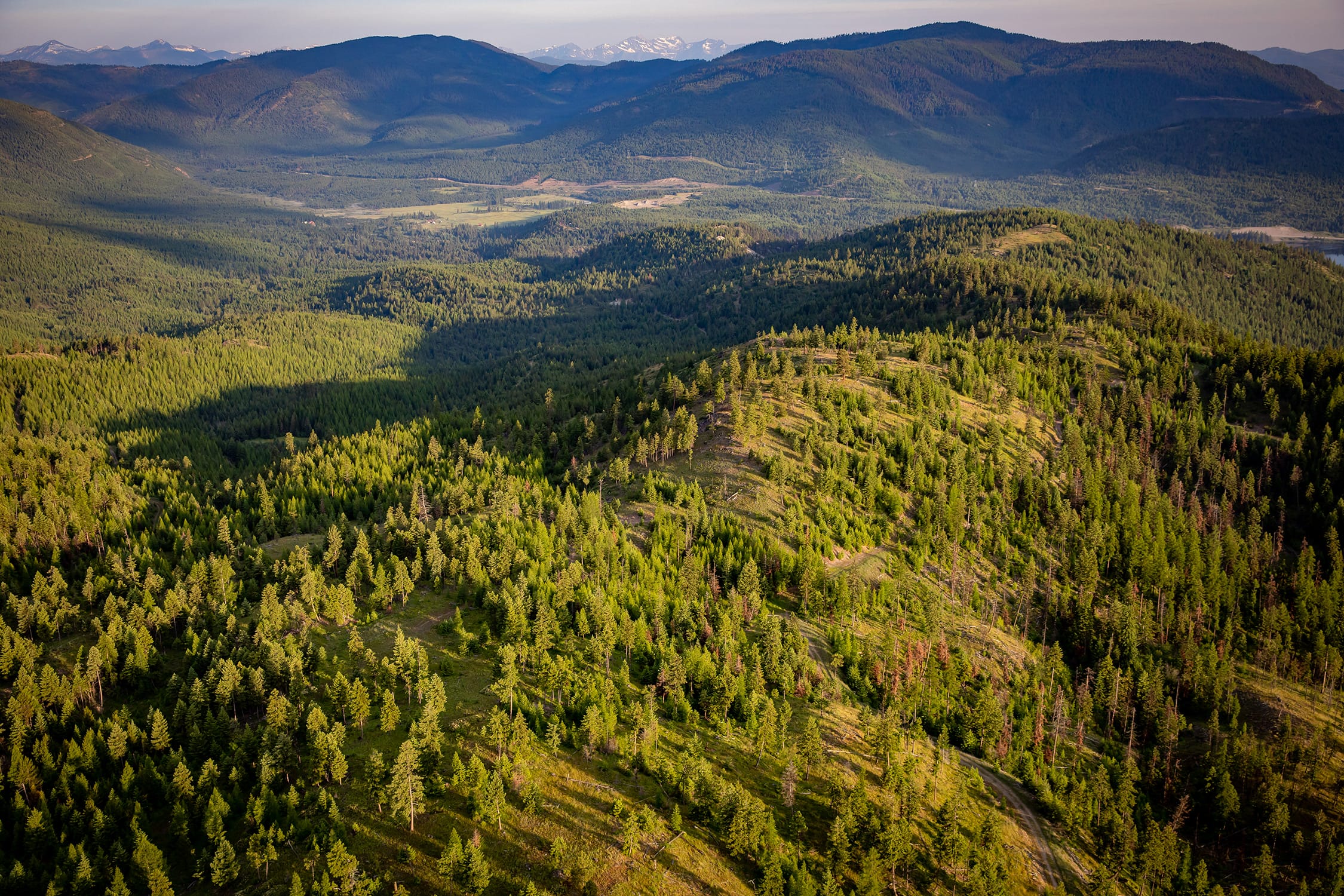Jim Williams cares deeply about wildlife. An ardent hunter, he believes that if you are going to eat meat, nothing shows more respect for the animal bound for your dinner plate than overseeing all aspects of the journey yourself.
It makes you realize that a life was taken in order for you to eat this meat,” says Jim, who recently retired from his post as a regional supervisor at Montana Fish, Wildlife and Parks. “To take that protein off the mountain where it originated—to have an intimate experience with the habitat that produced the animal—fosters a deep connection to the landscape. That’s important.”
Every autumn, Jim hunts white-tailed deer and elk on lands Trust for Public Land has protected, as well as private properties that we are now working to conserve. Because Montana is experiencing intense development pressures —made worse by the pandemic—TPL is moving on multiple fronts to conserve the wild landscapes that define the state’s Big Sky Country.
Join us to support TPL’s work in Montana and across the nation.
One such project would involve a conservation easement on land owned by the timber company Southern Pines Plantations. North of Lost Trail National Wildlife Refuge, the property is one of Williams’s go-to hunting grounds. While he and others have historically enjoyed access to the commercial timberlands in Northwest Montana, there is no guarantee a future owner would continue the tradition—especially if land is sold to owners who are not managing the land for forestry.
Conservation easements, in which property owners sell development rights and ensure public access, are an efficient alternative to outright land purchases. In a sign of the real-estate activity roiling Northwest Montana, the land in question has had three different owners in just the past few years.
 For Jim, a trained wildlife biologist, having a direct connection with the land leads naturally to conservation advocacy. “It makes people like myself and others who hike, bike, hunt, and fish care about access to that landscape,” he explains. “It makes us want to show up at meetings and support the government agencies and the organizations like Trust for Public Land that are carrying out these projects.”
For Jim, a trained wildlife biologist, having a direct connection with the land leads naturally to conservation advocacy. “It makes people like myself and others who hike, bike, hunt, and fish care about access to that landscape,” he explains. “It makes us want to show up at meetings and support the government agencies and the organizations like Trust for Public Land that are carrying out these projects.”
Having learned to hunt big game in graduate school, Jim says the activity is now second nature. “When the leaves turn and the temperatures drop, that’s when everyone starts thinking about filling the freezer,” he says.
During the five weeks of hunting season, Jim heads out before dawn, usually with a friend, and arrives in the woods with his rifle. “We start climbing in the dark and get to the high country in a couple of hours,” he says. “It’s some of the most beautiful country in the world.”
After taking a deer or elk, he butchers and processes the meat immediately. “You need to cut the meat into pieces with a sharp knife so you can physically carry it off the mountain,” he explains. “It’s very physical, but it’s rewarding too. Hunters are only taking a very small portion of what’s there, so it’s sustainable.”
Back home in Whitefish, a small town near Glacier National Park, he cuts, wraps, labels, and freezes the wild meat. The hunting expeditions often culminate in a special dinner with family and friends.
“My wife is the chef in the family,” he says. “She prepares these meals that are just unbelievable. We sit down together and enjoy wild protein and vegetables with huckleberries. It’s fun to pair the foods that you have gathered with a group and share the memories of the experience.”
Those meals—familial, festive, and fulfilling—reinforce attendees’ relationship with natural landscapes, while underscoring the need to keep those landscapes wild. That, Jim says, transcends ideology or party lines. “Projects like conservation easements are apolitical,” he notes. “If you enjoy and value hunting, it doesn’t matter whether you’re a Republican, Independent, Democrat, whatever. Humans have a common interest in securing protein.”
Lisa W. Foderaro is a senior writer and researcher for Trust for Public Land. Previously, she was a reporter for the New York Times, where she covered parks and the environment.
This raw, beautiful landscape in Southern California is home to Indigenous heritage sites, and it provides critical habitat for threatened and endangered species. Urge the administration to safeguard this extraordinary landscape today!

